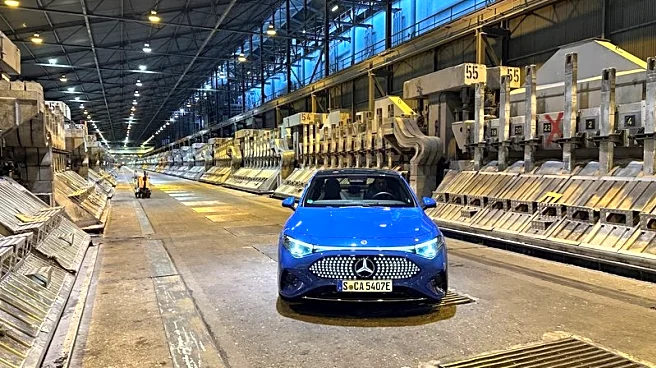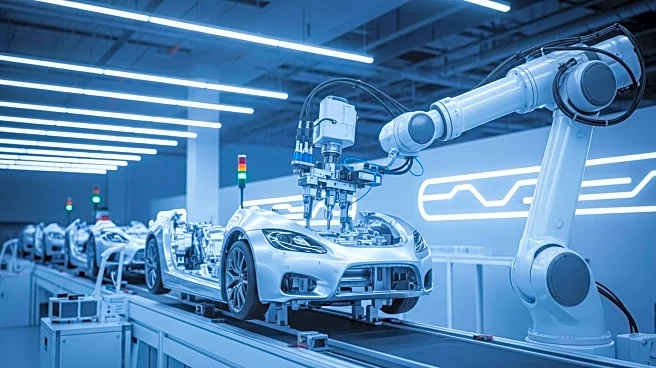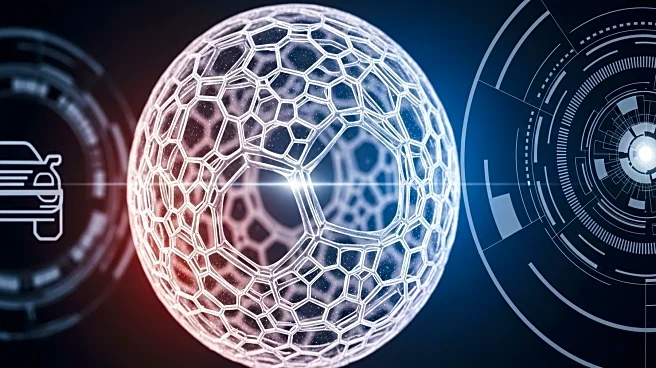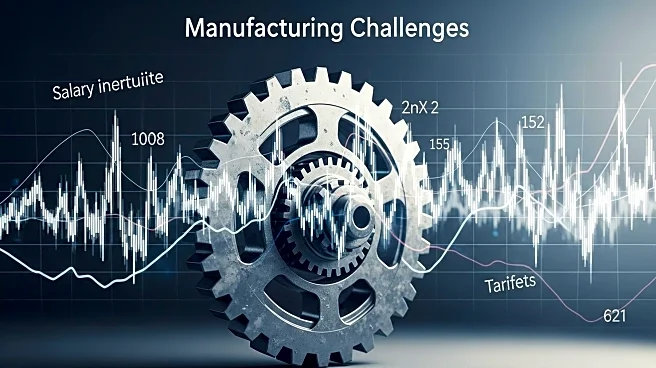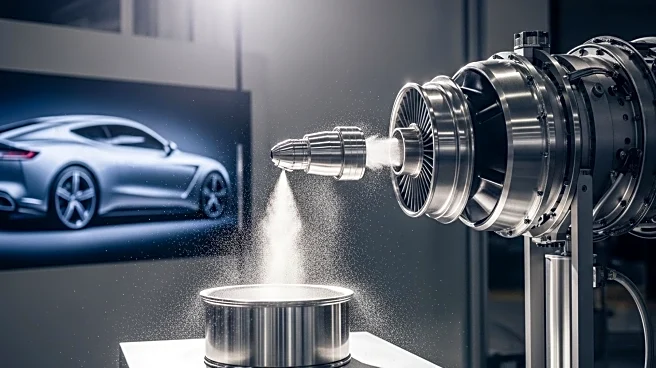What's Happening?
The plastic bonded magnet market is undergoing significant changes as industries worldwide shift towards advanced material solutions. Forecasts for 2025 suggest that this market segment, once considered niche, is becoming crucial for sectors such as automotive, electronics, medical devices, and renewable energy. The market's growth is driven by technological innovations, environmental regulations, and changing supply chain dynamics. Plastic bonded magnets, made by integrating magnetic powders with polymer resins, offer advantages like injection molding and complex shaping, making them suitable for high-precision applications. The automotive sector's electrification is a major driver, with electric vehicles requiring lightweight and reliable magnetic components. This shift is leading to a transition from traditional sintered magnets to bonded types, impacting supply chains and increasing scrutiny over rare earth element sourcing.
Why It's Important?
The evolution of the plastic bonded magnet market has significant implications for various industries. The automotive sector, particularly electric vehicles, stands to benefit from the lightweight and efficient magnetic components that bonded magnets provide. This transition supports the industry's goals of reducing vehicle weight and manufacturing complexity. Additionally, the electronics and IoT sectors are adopting these magnets for miniaturized devices, enhancing product performance and production efficiency. The market's growth also highlights the importance of sustainable practices, as manufacturers explore bio-based and recycled polymer matrices to meet tightening environmental regulations. This shift towards sustainability aligns with global efforts to reduce plastic waste and promote responsible sourcing of raw materials.
What's Next?
As the market continues to evolve, several trends are expected to shape its future. The adoption of advanced manufacturing methodologies, such as additive manufacturing, is likely to increase, allowing for mass customization and precision in magnet production. Regulatory pressures will continue to drive innovation in sustainable materials, with manufacturers investing in bio-based and recycled polymers. The market may also see further consolidation, with mergers and acquisitions among polymer suppliers and magnetic powder producers to secure raw material access and proprietary technologies. Regional diversification efforts, supported by government policies, will likely lead to increased local production and innovation in strategic materials.
Beyond the Headlines
The shift towards plastic bonded magnets reflects broader trends in material science and manufacturing. The emphasis on sustainability and innovation in this market could influence other sectors to adopt similar practices, promoting a more sustainable industrial landscape. The focus on advanced manufacturing techniques, such as 3D printing, may also drive technological advancements in other fields, fostering a culture of innovation and efficiency. As industries adapt to these changes, the demand for skilled professionals in material science and engineering is expected to grow, highlighting the need for education and training in these areas.


